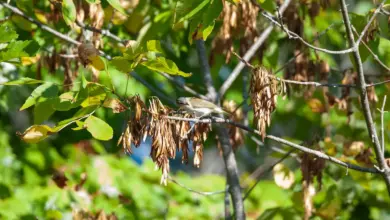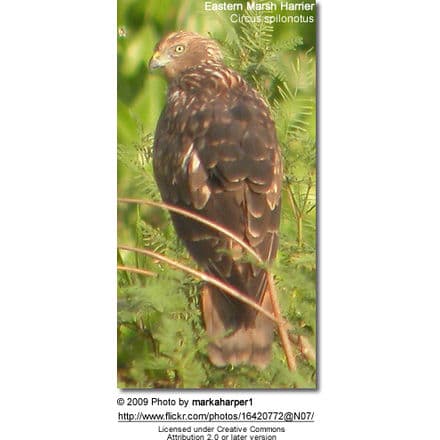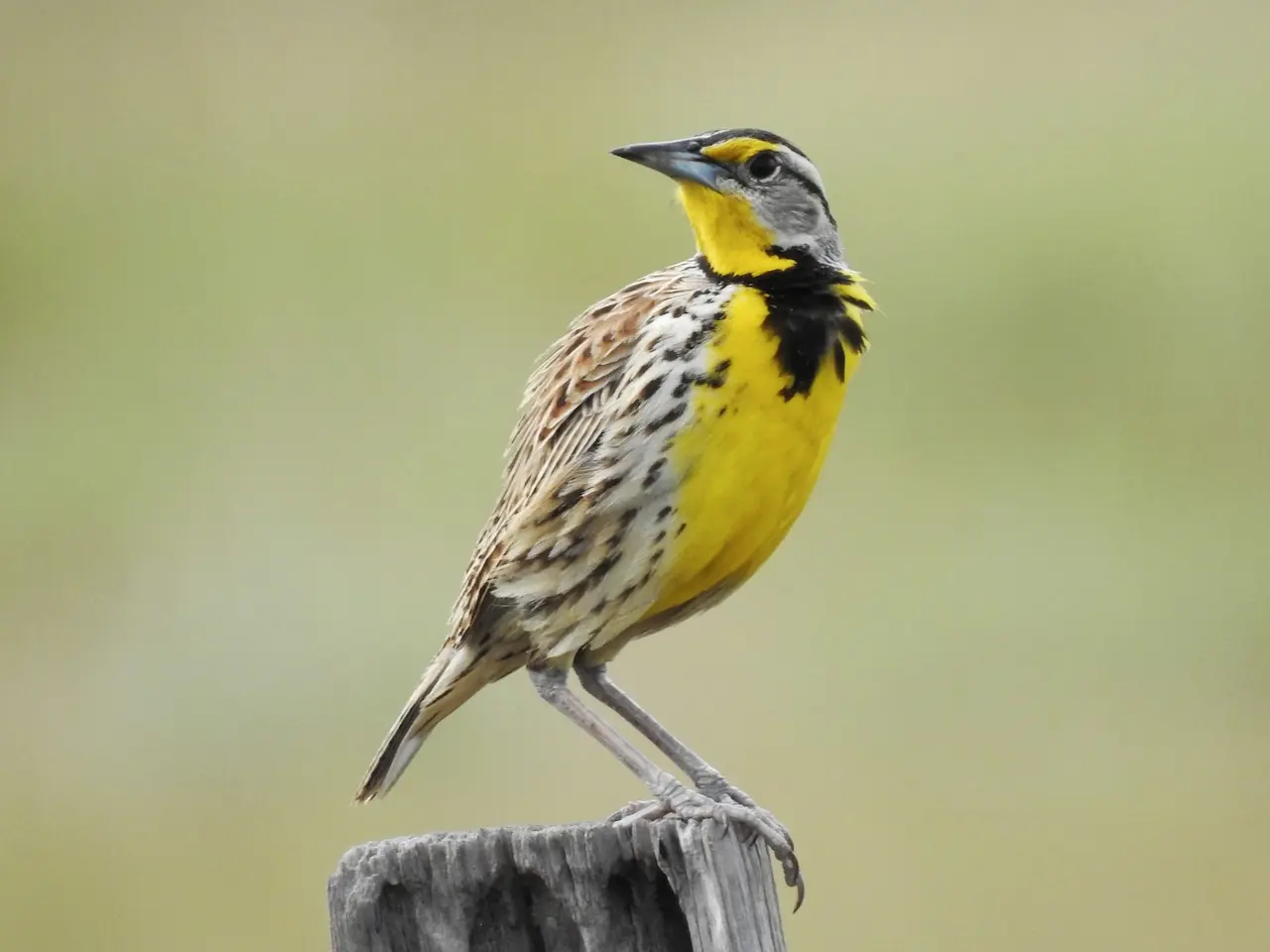Greenish Pufflegs
The Greenish Puffleg (Haplophaedia aureliae) is a hummingbird that occurs naturally in the most southern parts of Central America ranging south to northwestern South America.
Distribution / Range
The Greenish Puffleg is found in Darién region of southeastern Panama (Central America); as well as adjacent areas in the Andes of Colombia and Ecuador (north-eastern South America), potentially south to Bolivia.
They inhabit subtropical or tropical moist montanes and heavily degraded former forests. They are relatively uncommon to rare along the cloud forest borders. They may visit highland gardens and feeders.
Subspecies and Distribution:
- Based on considerable variations in plumage, several additional races have been proposed: The Greenish Puffleg may form a superspecies with the Buff-thighed Pufflegs (Haplophaedia assimilis); some authorities consider the Buff-thighed Puffleg as a subspecies; however, the difference in plumage and geographic separations support their treatment as separate species
-
- Haplophaedia aureliae aureliae (Bourcier and Mulsant, 1846) – Nominate Race
- Range: Eastern Andes of Colombia. Likely also along the eastern slope of the central Andes.
- Range: Southeastern Panama and west and central Andes of Colombia.
- Range: Eastern slope of Andes of Ecuador
- Range: Ecuador
- [Haplophaedia aureliae galindoi] – Proposed SubspeciesRange: Darién, eastern Panama[Haplophaedia aureliae floccus] – Proposed Subspecies
- Range: Darién, eastern Panama
- Range: Santander, north-central Colombia
- Haplophaedia aureliae aureliae (Bourcier and Mulsant, 1846) – Nominate Race
-

Hummingbird Resources
- Hummingbird Information
- Hummingbird Amazing Facts
- Attracting Hummingbirds to Your Garden
- Hummingbird Species
- Feeding Hummingbirds
Alternate (Global) Names
Spanish: Calzadito Verdoso Norteño, Calzoncitos Verdoso, Colibrí Pantalón Verdoso … Italian: Colibrì zampepiumose verdastro … French: Érione d’Aurélie … German: Bunthöschen, Kupferglanz-Höschenkolibri … Czech: kolib?ík zelenkavý … Danish: Bronzekvastben … Finnish: Puistokolibri … Japanese: midoriashigehachidori … Dutch: Aureliapluimbroekje, Aurelia-pluimbroekje … Norwegian: Kobberhodedunfot … Polish: Puchatek andyjski … Russian: ??????? ??????????? … Slovak: pancuchárik lesný … Swedish: Bronstofsbena
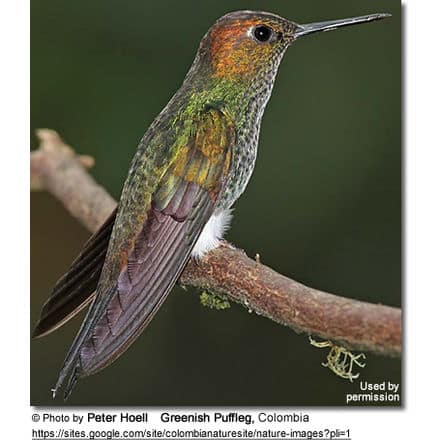
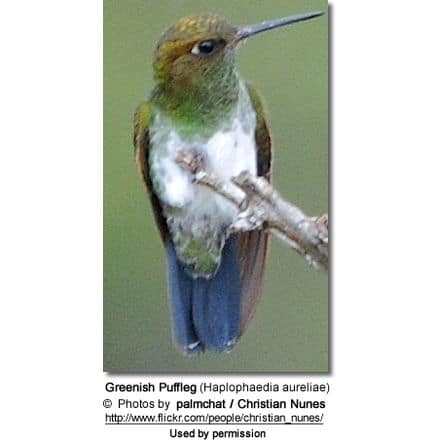
Description
The Greenish Puffleg has a bronzy-colored head with distinctive small white eye spots. The back is an iridescent green / bronze. The lower chest and abdomen are whitish with some greenish/bronzy spotting. The tail above and below looks dark greyish/bluish.
This species was named for the snow-white dense feathering around the legs known as “leg puffs” (which are not always visible). These leg puffs are unique to the pufflegs and have been described as resembling “woolly panties” or “little cotton balls” above the legs. It has a straight black bill and a forked tail.
Nesting / Breeding
Hummingbirds are solitary in all aspects of life other than breeding, and the male’s only involvement in the reproductive process is the actual mating with the female. They neither live nor migrate in flocks, and there is no pair bond for this species. Males court females by flying in a U-shaped pattern in front of them. He will separate from the female immediately after copulation. One male may mate with several females. In all likelihood, the female will also mate with several males. The males do not participate in choosing the nest location, building the nest, or raising the chicks.
The female Greenish Puffleg is responsible for building the cup-shaped nest out of plant fibers woven together and green moss on the outside for camouflage in a protected location in a shrub, bush, or tree. She lines the nest with soft plant fibers, animal hair, and feathers down, and strengthens the structure with spider webbing and other sticky material, giving it an elastic quality to allow it to stretch to double its size as the chicks grow and need more room. The nest is typically found on a low, thin horizontal branch.
The average clutch consists of two white eggs, which she incubates alone, while the male defends his territory and the flowers he feeds on. The young are born blind, immobile, and without any down.
The female alone protects and feeds the chicks with regurgitated food (mostly partially digested insects since nectar is an insufficient source of protein for the growing chicks). The female pushes the food down the chicks’ throats with her long bill directly into their stomachs.
As is the case with other hummingbird species, the chicks are brooded only the first week or two and are left alone even on cooler nights after about 12 days – probably due to the small nest size. The chicks leave the nest when they are about 20 days old.
Diet / Feeding
The Greenish Pufflegs primarily feed on nectar taken from a variety of brightly colored, scented small flowers of trees, herbs, shrubs, and epiphytes.


